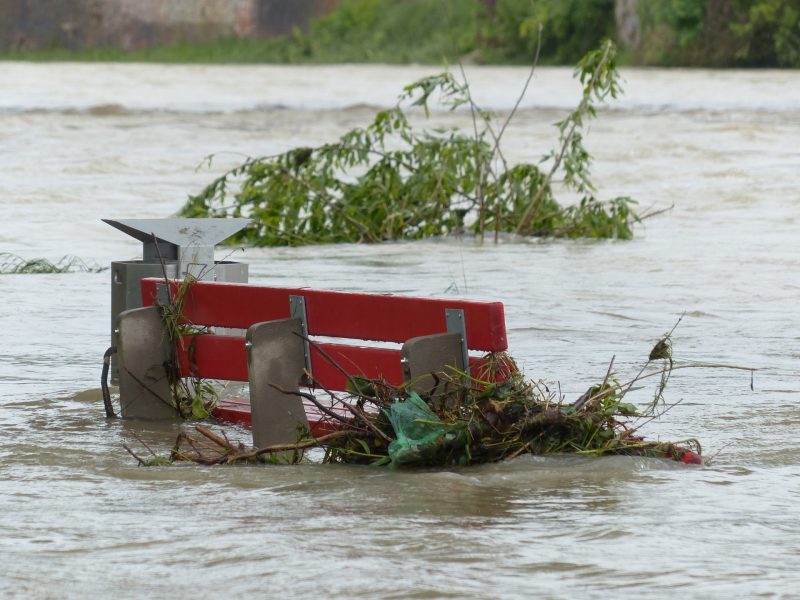
VT weather guru Andrew Ellis predicts severe weather patterns and warming climate will continue in 2023.
Ellis is professor of meteorology/climate science in VT’s College of Natural Resources and Environment.
The United States experienced 18 natural disasters related to weather and climate in 2022 that exceeded $1 billion dollars in damage and loss. According to NOAA, that’s the third most since 1980.
“While it is very hard to predict year-to-year variability in singular weather events that yield disaster – for example, severe weather outbreaks – the general expectation looking forward to 2023 and years beyond is for a continuation of an upward trend in high-dollar disasters stemming from weather and climate events,” said Ellis, “While not absolute, there is growing evidence that the climate system and the underlying weather that defines climate are becoming more volatile, and that this trend is likely to continue.”
Manoochehr Shirzaei, an associate professor of Satellite Remote Sensing and Environmental security in the Department of Geosciences in the College of Science, said that, “early predictions suggest that El Nino will return by end of 2023, and will turn this year into one of the hottest on the record and send the temperatures in many parts of the world off the chart, which may pass the critical threshold of 1.5C. Such temperature rise can trigger a cascade of extreme events, such as severe droughts, reducing food production and water availability around the world.”
Shirzaei said there is a heightened sense of awareness around this because most of the U.S. infrastructures are in poor condition. “Heavy rain and flooding, such as in California, damaged infrastructure and weakened foundations. The next extreme event will likely be more costly without appropriate maintenance and renovation of the affected infrastructure.”
Furthermore, the 2022 Atlantic hurricane season was among the most damaging and deadly in modern history, but that isn’t necessarily an indicator for 2023. Stephanie Zick, an assistant professor of meteorology in the College of Natural Resources and Environment said it is still too early to make predictions. Those will be released in April and May and there are numerous variables to consider when putting together a seasonal hurricane forecast.
Zick said the increasing frequencies of heat waves, floods, and droughts are the most important concerns when it comes to climate change. “Most of the U.S. is experiencing an increasing number of days with extreme heat and humidity, although there is some regional variability,” said Zick. “Urban centers are more likely to see increases in minimum temperatures due to the urban heat island effect that retains heat in urbanized areas especially at night.”

